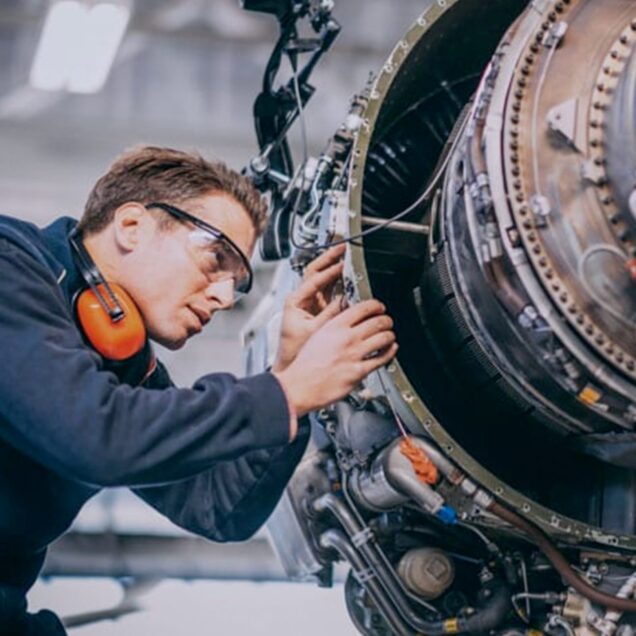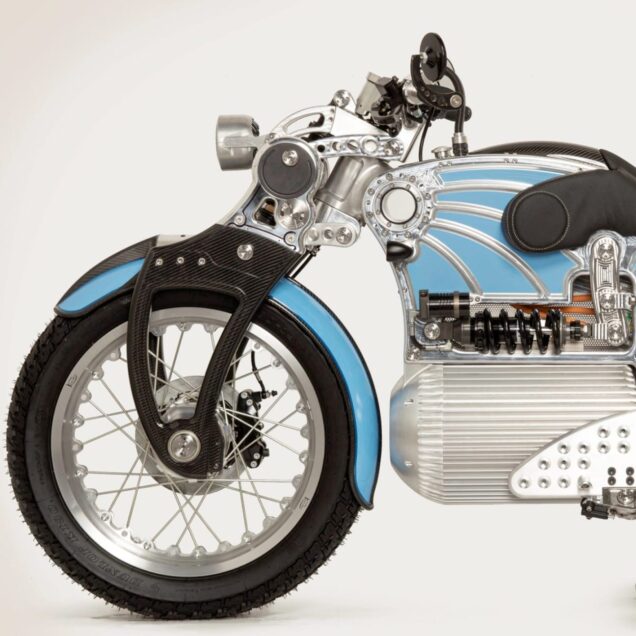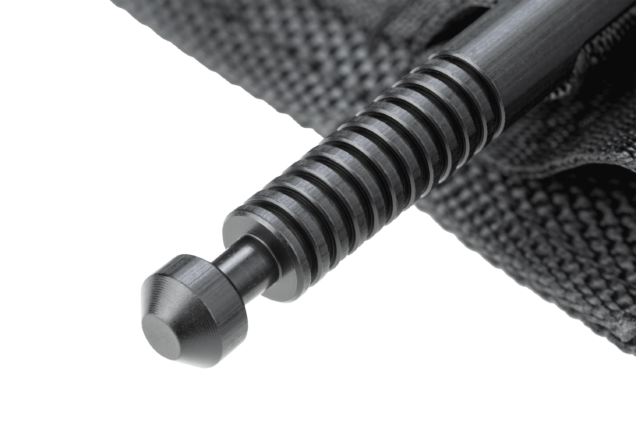Making safer working conditions possible
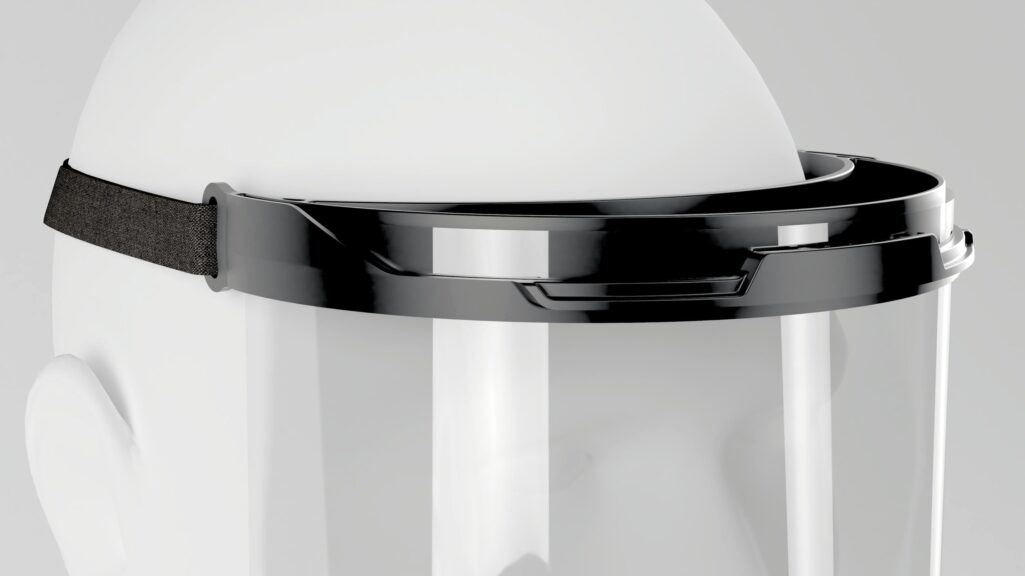
To help people get back to work quickly and safely during the coronavirus pandemic, our team at Fast Radius made a durable, reusable face shield with additive manufacturing. But when demand greatly increased, we knew we needed to shift production to injection molding. Here’s how we did it.
The challenge
Making a high-quality face shield more accessible
We needed to quickly ramp up production of a successful product to meet the urgency of a global health crisis.
When the COVID-19 pandemic hit the United States, our team at Fast Radius quickly pivoted a portion of our additive manufacturing capabilities to producing face shields to protect frontline workers. The shields are durable, reusable, and easy to assemble, but demand for the shields outpaced our ability to make them using additive manufacturing.
Wanting to get more shields to the essential workers who needed them, we decided to transition production from additive to injection molding. To do this, we needed to adapt the design for injection molding and stand up tooling quickly to meet the urgent demand for face shields.
Fortunately, our expert engineering and supply chain teams were up to the task.
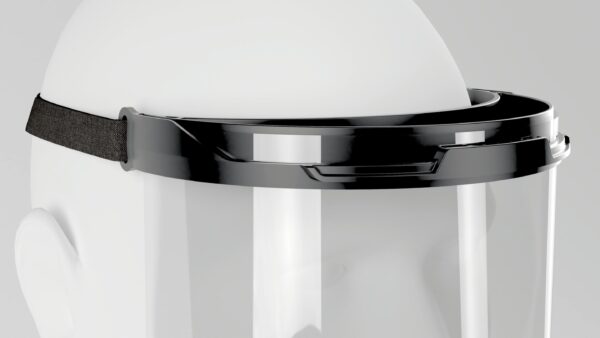
We transition from additive production to injection molding with our customers all the time, so we knew exactly how to approach design, manufacturing, and fulfillment to get our face shield to market quickly.

making it possible
Expert product development and logistics
1. Design for manufacturing expertise
We had to make significant modifications to the additive shield “halo” (or headband) to make it suitable for injection molding while maintaining its high performance. In just two days, our engineers ran 16 simulations, adjusting the design to improve performance each time. The resulting concept designs preserved the physical properties of the additive shield while avoiding poor tool conditions. We used HP Multi Jet Fusion (MJF) to print three of the concept designs and tested them for comfort and ease of assembly. After making a few adjustments based on those prototypes, we finalized the design for the tool that we used to injection mold the halo. The entire design and prototyping process for the tool took only three days.
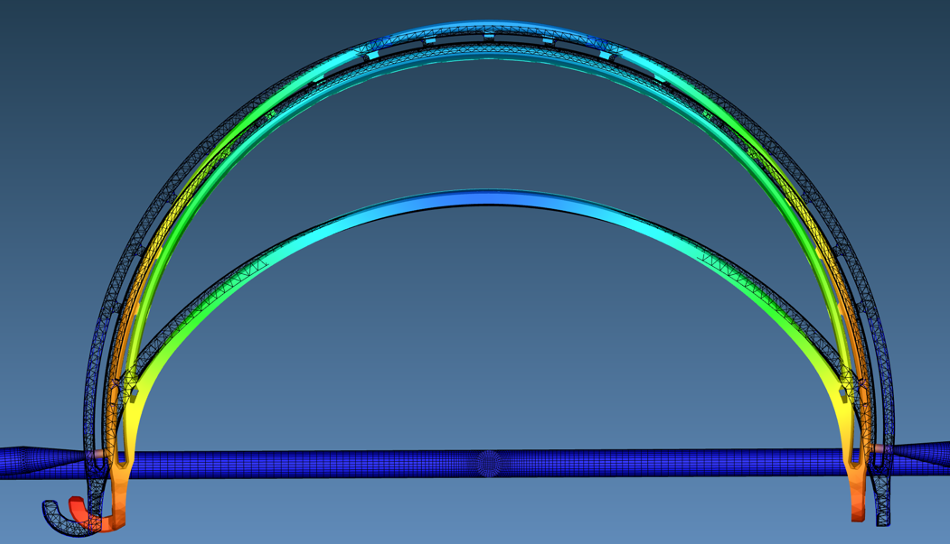
2. Vast production and logistics network
We work with injection molding shops all over the world, and in this case, we determined that a US-based shop would allow us to get to market fastest. While we made the halos locally, we sourced the clear plastic barriers for the shields overseas. Our strategic partnership with UPS ensures that those pieces will get to our operations team quickly for assembly and packaging. To further expedite fulfillment, we established two workflows — fulfilling small orders through Amazon and shipping larger enterprise orders with UPS, directly from our Chicago factory. This approach allows us to get face shields to customers quickly so they can go back to work feeling protected.
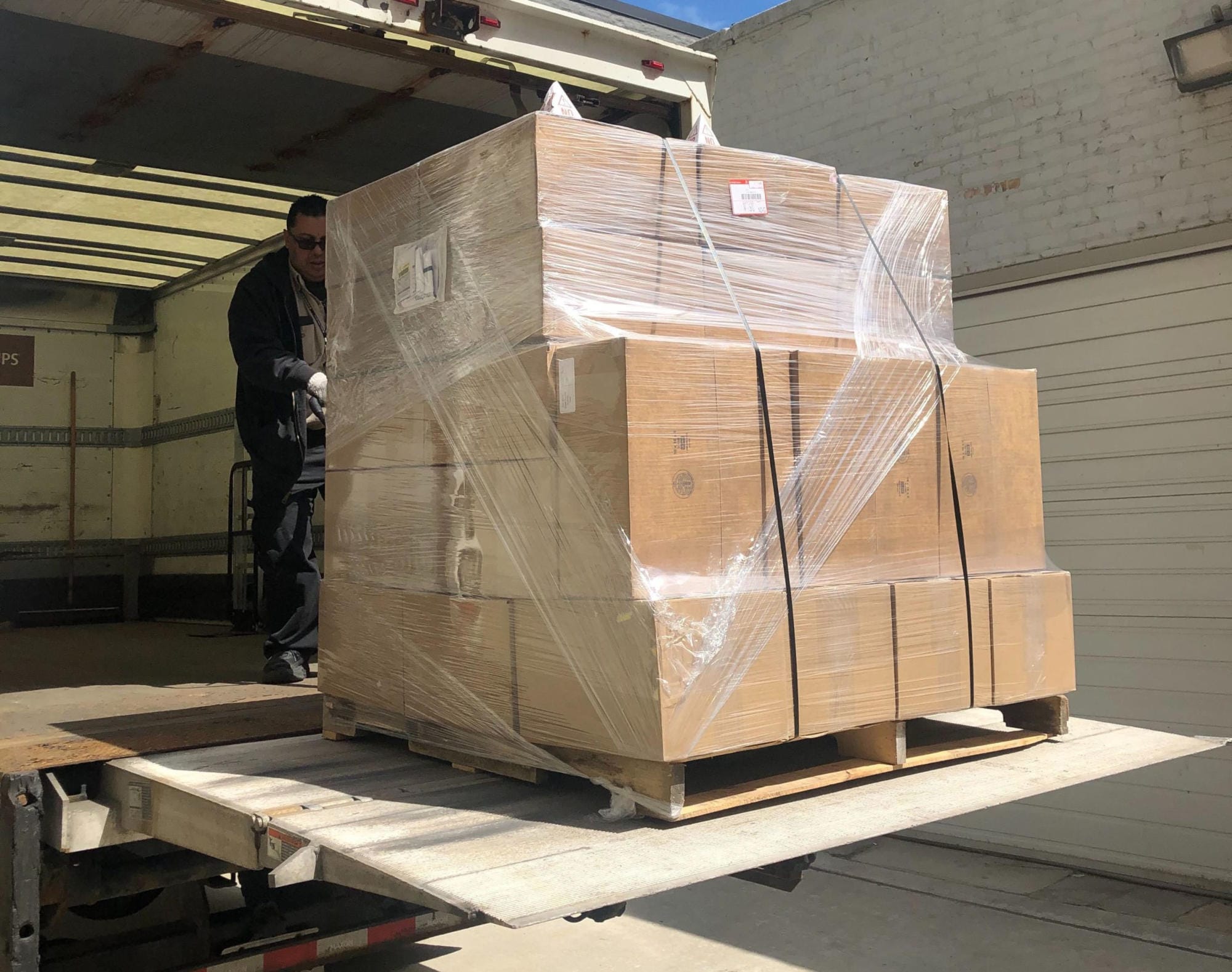
3. Production capacity and cost savings
Switching production from additive manufacturing to injection molding allows us to produce nearly eight times as many face shield halos per day. While printing an MJF halo takes approximately 16 hours (not including cooling and post-processing), we can produce two finished halos every 36 seconds with injection molding. Our cost to manufacture the shields also fell considerably, allowing us to reduce the price of the shield by 55 percent. By shifting production from additive manufacturing to injection molding, we can now offer high-quality reusable face shields to more people at a lower cost.

4. Additive manufacturing as a bridge to tooling
We continued to 3D print the halos as we worked to get our injection molding tool up and running, so there was never a disruption in supply to frontline workers. Using additive manufacturing as a bridge to tooling is one of our specialties. Our engineers have extensive experience guiding customers through the process of designing additive products from the ground up and then adapting them for higher-volume production. We can also help adapt a traditionally-made product for additive production to meet temporary spikes in demand or provide end-of-life inventory support.
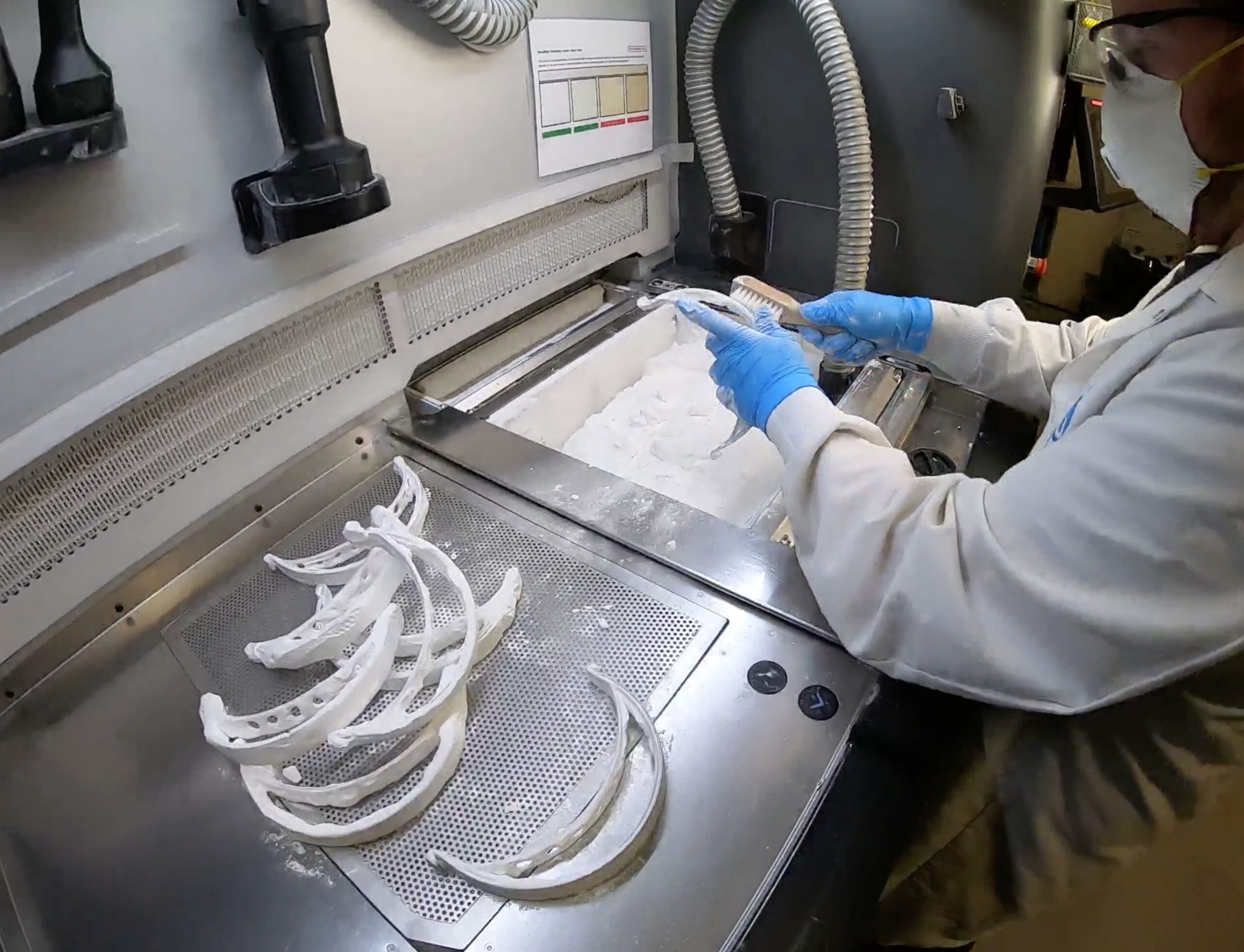
The Results
High-quality, reusable face shields at a competitive price
3 days
from initial concept to production-ready CAD model
55%
decrease in production cost
8x
increase in production capacity

 Back
Back

